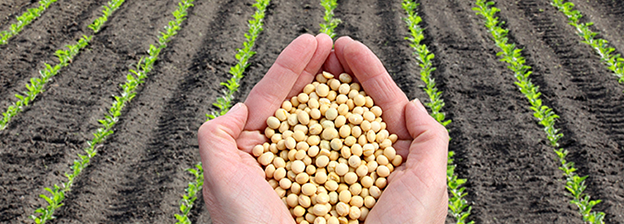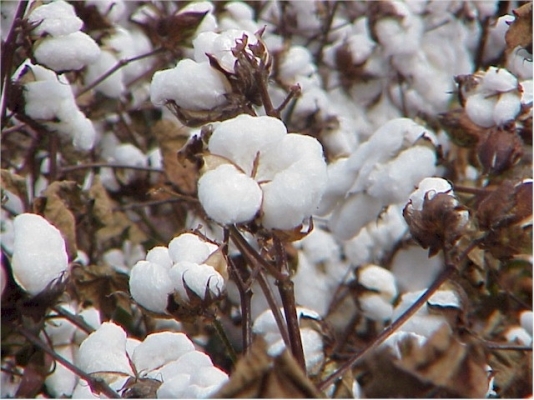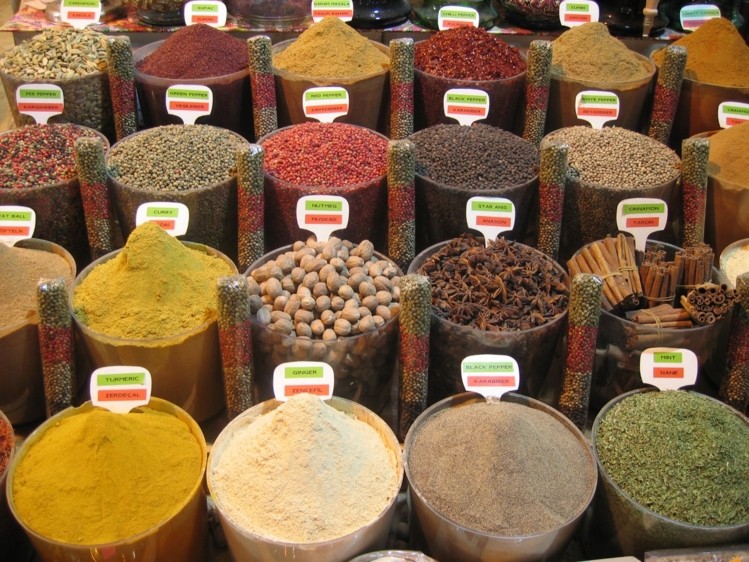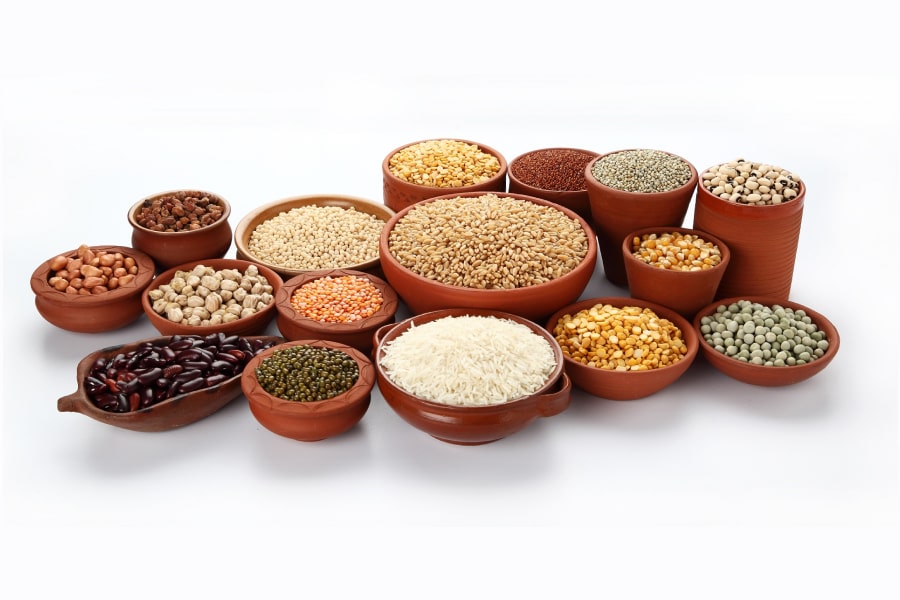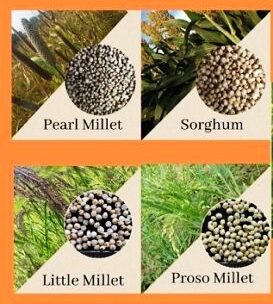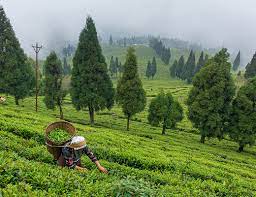To ensure livelihood security in rural areas, it is necessary to harness the potentiality of agricultural productivity through use of suitable technology and technology transfer process in Odisha. The marginal and small farmers, which constitute 84% of farming community, are usually far away from scientific applications in the field of agriculture. In this context, special care is required to be taken for development and dissemination of suitable, low cost and easily adoptable technology for enhancing their livelihood options.
Increase in population and per capita income is pushing up the food demand, which needs to be met through enhanced productivity in the field of agriculture. Odisha is blessed with a wide range of natural resources like soil, water, climate and biodiversity. To attain the optimum potential of agricultural production systems in a sustainable manner, efficient man
agement of natural resources, especially soil and water, is highly important. Agriculture in Odisha suffers due to several challenges such as diminishing cultivable area, ill effects of climate change, occurrence of natural calamities l
ike flood, drought, cyclone etc.Despite all these, in Odisha, the food grain production has increased from 23.93 lakh tonnes during 1951-52 to 76.16 lakh tonnes during 2011-12. As per present scenario (2011-12), Odisha is deficient in pulse production by 1.80 lakh tones and oilseeds by 14.42 lakh tones. So, thrust may be given on enhancing area and productivity of pulses and oilseed crops.The marginal and small farmers, which constitute 84% of farming community, are usually far away from scientific applications in the field of agriculture. In this context, special care may be taken for development and dissemination of suitable and low cost technology which can be easily adopted by them for enhancing their livelihood options.
In Odisha, there is vast acreage of 29.14 lakh ha under uplands, which are more abundant in interior districts. In these uplands, diversion of cropping system from rice based mono-cropping to oilseed or pulse crops will increase the profitability and reduce the risk of drought. Maize is an important crop, which can be focused for economic benefit of the farmers. Promotion of winter maize in the irrigated areas of coastal districts and encouraging specialised maize like b
aby corn and sweet corn in the peri-urban areas can add to maize farmers in the state.
Sustainable income from agriculture depends on the adoption of suitable farming system with inclusion of crop, animal and other allied enterprises. Appropriate utilization of human labour, scientific management of available resources and recycling of agricultural waste by way of integrating different enterprises will make farming more profitable.
Agriculture in the state is mainly rainfed, suffering due to drought and water stress situation. Several measures like in situ moisture conservation through construction of farm ponds and water harvesting structure, recharge of ground water, renovation of minor irrigation projects, maintenance of irrigation system and promotion of micro-irrigation system may be taken up for ensuring crop productivity and fringe benefit.
Promotion of dryland horticulture with fruit crops such as custard apple, ber, cashew, bael, aonla, jackfruit, mango, guava, tamarind, pomegranate etc., growing tuber crops like yam, elephant foot yam, arrow root, tapioca & sweet potato and advocating off season vegetable cultivation in high altitude areas will increase the profitability of land.
There is vast potentiality of commercial floriculture in the state for which there is a need for development of infrastructural facilities
for protected cultivation of flowers. Flower growers’ co-operatives may be organized and effective linkage may be established for support in production, post-harvest management and marketing of flowers.With presence of large water bodies and vast coast line, there is scope for pisciculture. Both inland fishery and marine aquaculture are to be given due importance to provide livelihood to the people residing in those area. Enterprises relating to poultry, dairy, goatery and piggery can help to enhance the income of landless poor. Agricultural operations in the state suffer due to unavailability of labour in time. To address this problem, farm mechanization wi
to low cost and drudgery reducing farm implements and establishment of custom hiring centre may be encouraged.
Application of information and communication technology plays a vital role for development of agriculture and allied activities in several ways. Use of internet and other electronic system can use as effective medium for technology dissemination. Advocacy for women’s rights and gender sensitization is at the very core of developmental approach today. The entrepreneurship of women and their capacity for furthering the skills may be given due importance through gender sensitization programmes in the agricultural development approaches.
Hence, to ensure livelihood security in rural areas, it is necessary to harness the potentiality of agricultural productivity through use of suitable technology and technology transfer process.Odisha industry-2014
 Indian Industry Plus A Pratisrutiplus Suppliment
Indian Industry Plus A Pratisrutiplus Suppliment








